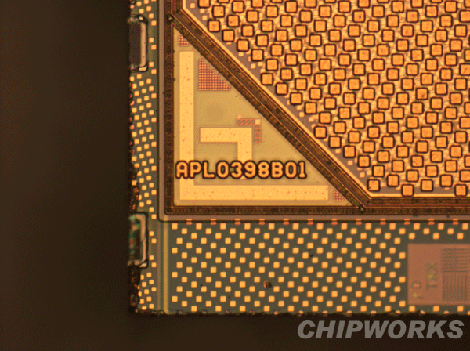
Sure, tearing down devices to see what components are in there is fun. But tearing down the components themselves is even more fun. iFixit sent off their iPad guts to be laid bare after they were done with their iPad teardown. We’ve seen pictures of stripped chips in the past, but the work that Chipworks is doing for iFixit is quite amazing. Get the skinny on just about every part in there from the package markings and the die photos provided in their analysis.
The iPad has already been rooted, but you never know what power can be unlocked if you know what you’re working with. We’re thinking of the 50MHz to 100Mhz oscilloscope hack.












